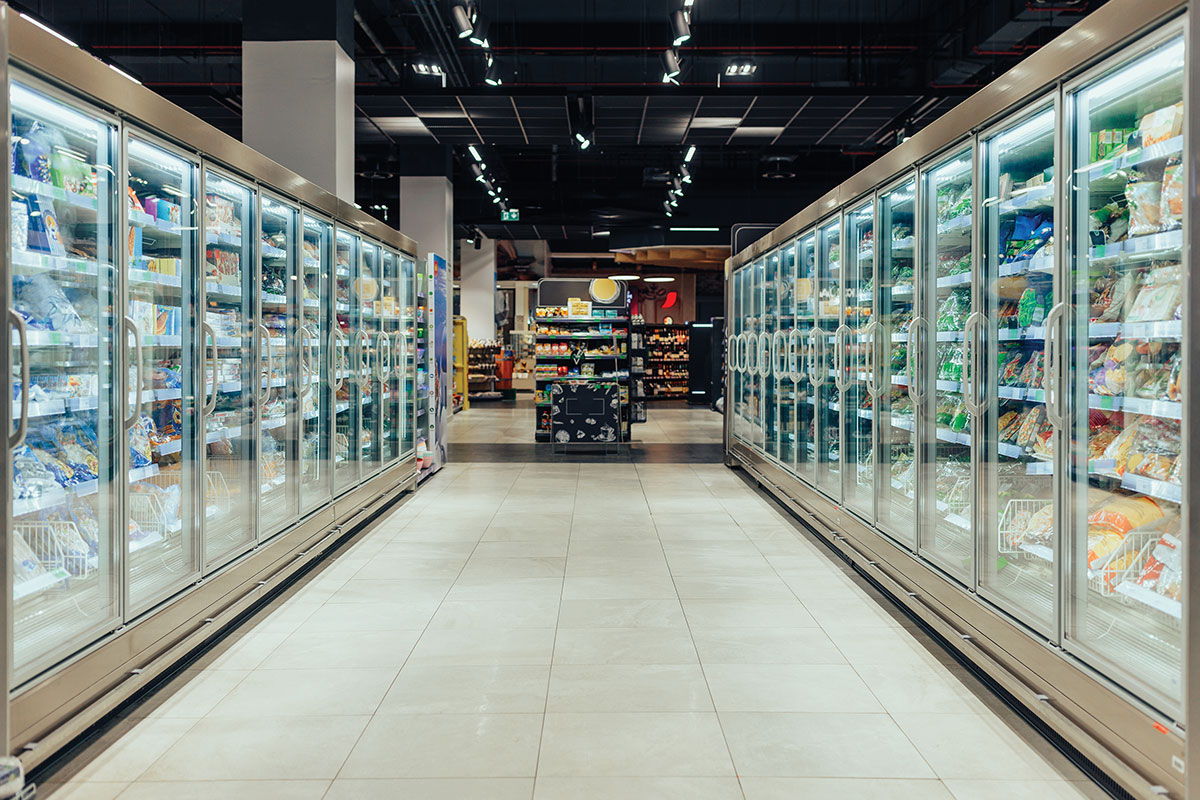By adhering to UL 60335-2-89, the refrigeration industry can effectively balance the dual objectives of environmental sustainability and safety.
by Brandon Button, Engineering Team Lead and Regional Lead Engineer – Refrigeration Appliances
As an electrical inspector or building code official, staying current with industry regulations and safety standards is crucial. One such standard you must be familiar with is UL 60335-2-89, which governs the safety requirements for commercial refrigeration equipment.
UL 60335-2-89: Overview
The UL 60335-2-89 standard, a part of the UL 60335 series, specifically addresses the safety of electrically operated commercial refrigerating appliances that have an incorporated compressor, refrigerating appliances that are supplied in two or more units for assembly as a single appliance, and partial units intended for installation in a field erected system.
New Flammable Refrigerant Requirements
In recent years, there has been a growing concern about the environmental impact of traditional refrigerants, such as hydrofluorocarbons (HFCs). These refrigerants have a high global warming potential (GWP), prompting the industry to move towards more environmentally friendly alternatives.
Under ASHRAE 34, these new refrigerants are classified as flammable, posing a potential risk if not properly handled or contained. As a result, the UL 60335-2-89 standard has been updated to include specific requirements addressing the safe use of flammable refrigerants in commercial refrigeration equipment. These requirements focus on several key areas:
- Leak Mitigation: The standard mandates the use of components, materials, and construction methods that minimize the likelihood of refrigerant leaks. These include the use of hermetically sealed systems, corrosion-resistant materials, and proper joint construction.
- Leak Detection: Systems with charge quantities over 150 grams of refrigerant may be required to include leak detection devices to initiate mitigations to reduce leaked refrigerant concentrations that create hazards.
- Ventilation and Exhaust: To prevent the buildup of flammable refrigerant concentrations in confined spaces, the standard addresses manufacturer installation requirements to determine adequate ventilation to disperse refrigerant and mitigate hazardous leak concentrations.
- Ignition Source Control: Equipment must be designed to minimize potential ignition sources that could cause a fire or explosion in the presence of flammable refrigerants. This includes limiting the use of open flames, sparks, or other ignition sources in the vicinity of the refrigeration system and incorporating safety features like flame arrestors and explosion-proof enclosures.
- System Design and Testing: The standard requires that refrigeration systems undergo rigorous testing and evaluation to ensure their safety and reliability when using flammable refrigerants. This includes leak testing, pressure testing, and performance testing under various conditions.
- Marking and Labeling: Equipment using flammable refrigerants must be clearly marked and labeled with refrigerant type, the charge amount, and appropriate safety warnings to inform users of the potential hazards and proper handling procedures. Additionally, markings should indicate the presence of flammable refrigerants, reference the relevant safety standards, and provide guidance for emergency response in the event of a leak or other hazardous situation.
- Training and Certification: The standard requires that manufacturers provide guidance to technicians and installers to receive specific training on the risks associated with flammable refrigerants, proper handling techniques, and emergency response procedures.
The transition to environmentally friendly refrigerants, such as hydrocarbon (HC) refrigerants, marks a significant step forward in the fight against climate change. The updated UL 60335-2-89 standard serves as a comprehensive framework to ensure the safe implementation and operation of these flammable refrigerants in commercial refrigeration equipment. By adhering to this standard, the refrigeration industry can effectively balance the dual objectives of environmental sustainability and safety. This will not only reduce the environmental impact of refrigeration systems but also protect the well-being of technicians, operators, and the general public. Embracing these standards exemplifies the industry’s commitment to innovation and responsible stewardship, paving the way for a safer and greener future.











Find Us on Socials